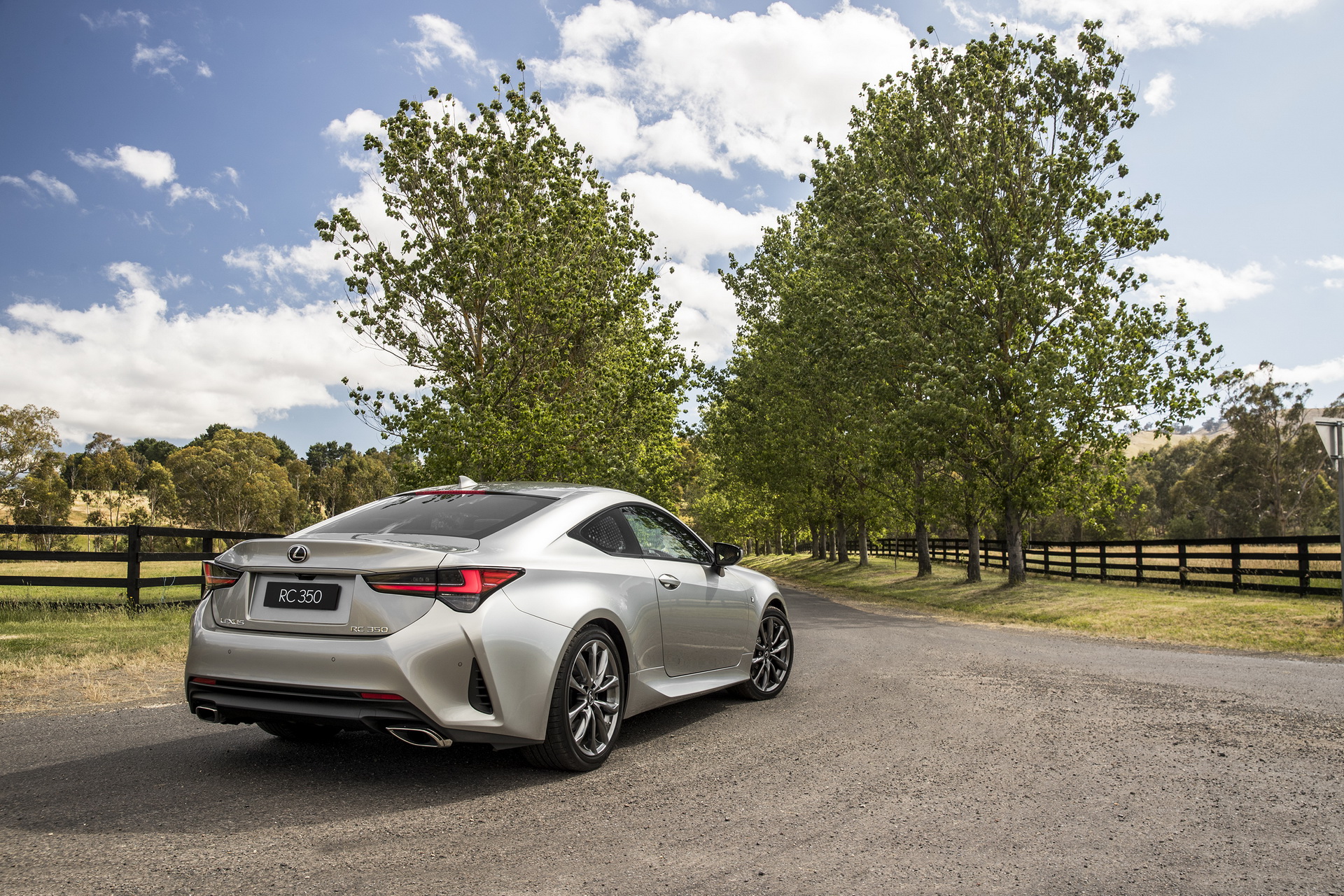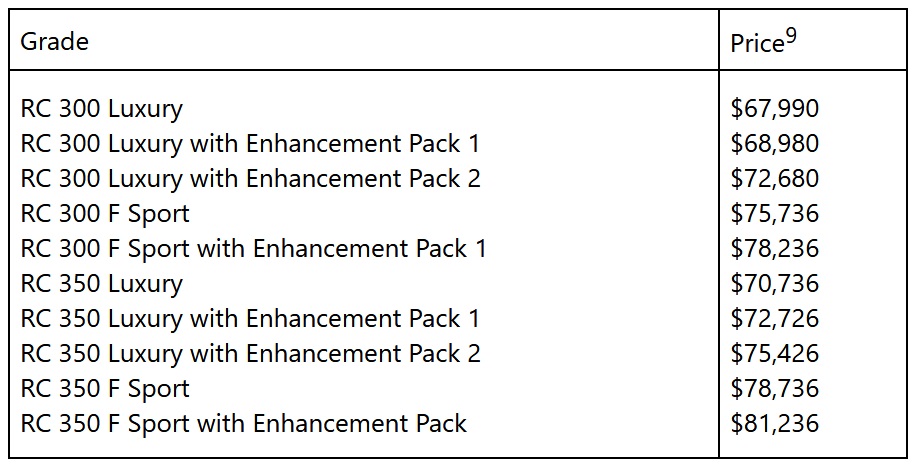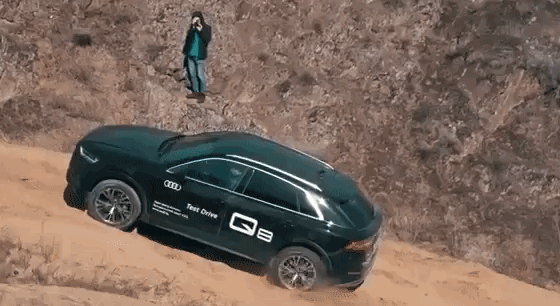Lexus has announced a series of updates for its RC sports coupe in Australia, which cover a whole bunch of stuff, from the upgraded powertrain to new features and two additional paint finishes.
One such novelty is the new adaptive control software for the eight-speed auto ‘box. The transmission, which is standard on both the RC 300 and the RC 350 models, offers improved gear changes, selecting a higher gear in normal driving modes to improve the fuel efficiency, and chooses and holds lower gears if sporty driving is detected.
Read Also: Lexus To Stop Selling The CT, IS And RC In The UK And Western Europe (Updated)
The revised RC lineup also features a new stabilizer bar at the rear, with an increased diameter and reduced wall thickness. There is also a new high-strength aluminum upper arm, which reduces weight and improves rigidity. The final hardware improvement comes in the shape of an electric parking brake, which has replaced the old foot-operated pedal.
The engine options are unchanged, with the RC 300 packing a turbocharged 2.0-liter petrol pumping out 180 kW (245 PS / 241 HP) and 350 Nm (258 lb-ft) of torque, and returning 7.3 l/100 km (32.2 mpg US) on average. The RC 350 uses a 3.5-liter V6 petrol, with 232 kW (315 PS / 311 HP) and 380 Nm (280 lb-ft), and has a combined fuel consumption of 9.1 l/100 km (25.9 mpg US).
The car’s safety has been improved with the addition of the new Radar Active Cruise Control, which is standard across the range. Other tech includes Pre-Collision Safety, Pre-Collision Braking with Pedestrian Detection, Lane Departure Warning with Steering Assist, Blind Spot Monitor with Lane Change Alert, Rear Cross Traffic Alert, reversing camera and automatic high beams.
Features such as the heated and ventilated power-operated front seats, leather upholstery, dual-zone climate control, 10.3-inch infotainment system with sat-nav, digital radio and smartphone integration, and Pioneer premium audio are still on deck.
Pricing for the 2021 RC starts at AU$67,990 (US$49,712) Down Under, while the cheapest V6-powered model is available from AU$70,736 (US$51,720), a AU$100 (US$73) premium over the outgoing iteration.
Full pricing details can be seen below and exclude on-road costs and dealer fees.






